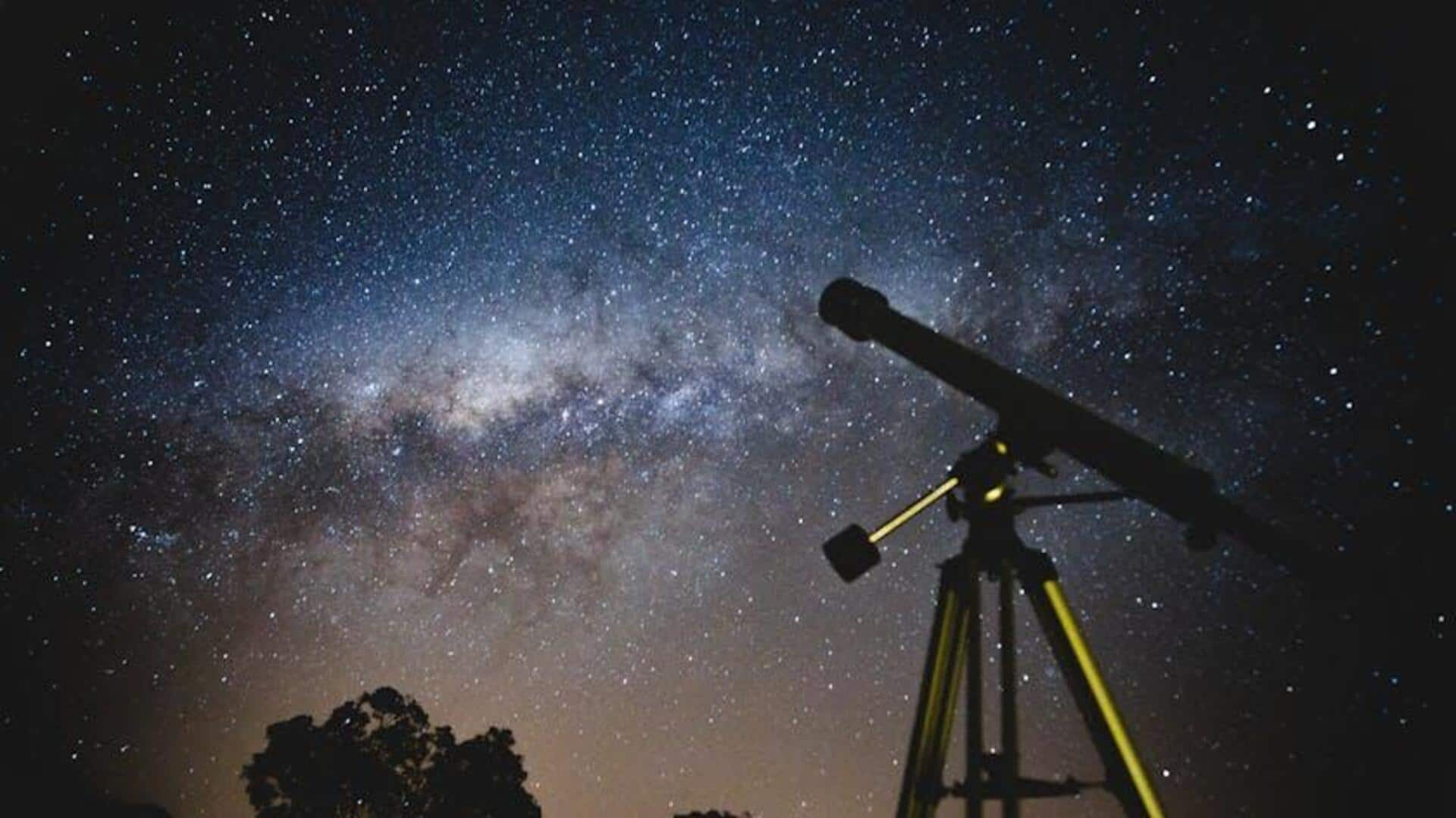A must-read for every stargazing enthusiast
What's the story
Heading into the desert to gaze upon the night sky presents a unique adventure, where stars, planets, and galaxies paint beautiful pictures above.
This article explores how to enjoy stargazing on desert hikes while understanding the patterns of the night sky.
It discusses aligning your trek with astronomical phenomena, navigating using stars, and offers advice for a truly unforgettable journey.
Timing
Planning your celestial adventure
Timing is everything when it comes to celestial ballet. Do some research on astronomical events such as meteor showers, planetary alignments, or eclipses.
These occurrences are often predictable and operate on set schedules, making it easier to plan your trip.
For example, the Perseid meteor shower reaches its peak around August 12 every year. This event is a beautiful spectacle that is best observed from the dark desert landscapes.
Star maps
Navigating by the stars
Before heading out on your night hike, take some time to learn star maps and constellations.
Apps and handheld star charts are great tools for getting to know the major formations in the night sky.
Recognizing basic constellations not only adds to the enjoyment of your hike but can also prove useful for navigation in remote desert landscapes where conventional navigation systems may not be reliable.
Equipment
Essential gear for night hiking
Invest in the right gear for a safe and enjoyable night hike.
A headlamp with a red light option is key as it won't disturb your night vision while providing enough light to see where you're going.
Pack warm clothing as desert temperatures can plummet when the sun goes down.
A GPS device or compass to complement your star map will help you stay on course during your celestial adventure.
Precautions
Safety tips for desert hiking at night
Hiking in the desert at night requires extra precautions to stay safe.
Always let someone know where you're going and when you plan to be back.
Carry plenty of water—at least a gallon per person, per day—to prevent dehydration.
And, remember, many desert animals are nocturnal.
Keep your distance from any critters you come across to avoid any unpleasant surprises.
Tips
Maximizing your celestial viewing experience
To truly amplify your stargazing experience, it's important to give your eyes a minimum of 30 minutes to adapt to the darkness prior to starting your observation.
In the meantime, steer clear of bright lights like phones or flashlights, as they can disrupt your night vision.
For the most pristine views of celestial events and formations, choose observation locations that are away from the lights and pollution of the city.
